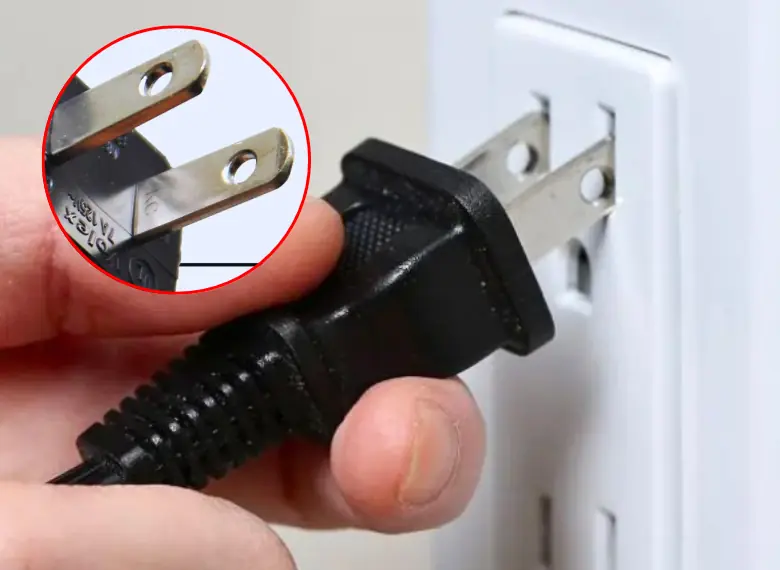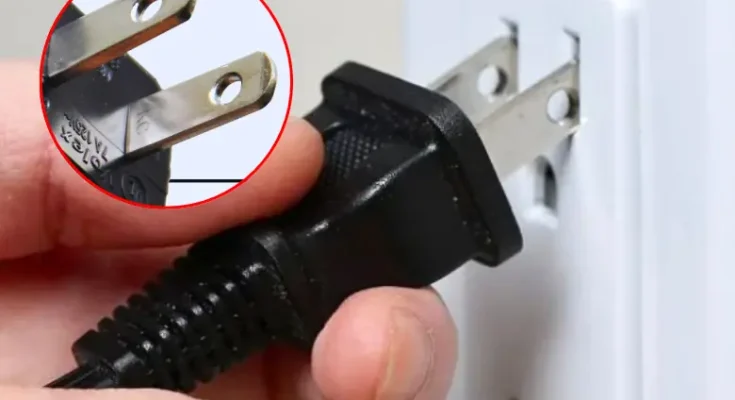Why Do Flat Power Plugs Have Two Round Holes?

Many people are unaware of the purpose of the two round holes on flat power plug pins and why manufacturers design them this way.
These holes serve multiple functions, primarily improving the stability and security of the plug. Inside a standard power outlet, there is often a raised section that fits into these holes, ensuring a more secure connection between the plug and the metal contacts inside the socket.
This design helps maintain a stable connection with the power source, reducing the risk of accidental disconnection. Additionally, the holes play a safety role—flat-pin plugs with holes fit more securely, preventing children from accidentally touching partially exposed plug prongs. Round-pin plugs, on the other hand, may not fit as tightly, increasing the risk of electric shock. If you have young children at home, using flat-pin plugs with holes is a safer choice.
Practical Benefits
In the past, socket pins featured dents for similar purposes, but this design often led to friction when inserting the plug, increasing the chances of sparks and short circuits. The use of punched holes reduces friction, making plug insertion smoother and safer.
Manufacturers also use these holes to attach security seals, helping consumers distinguish between new and used products.
Additionally, though small, these holes contribute to material efficiency. In large-scale production, even a slight reduction in steel usage per plug can lead to significant savings.



